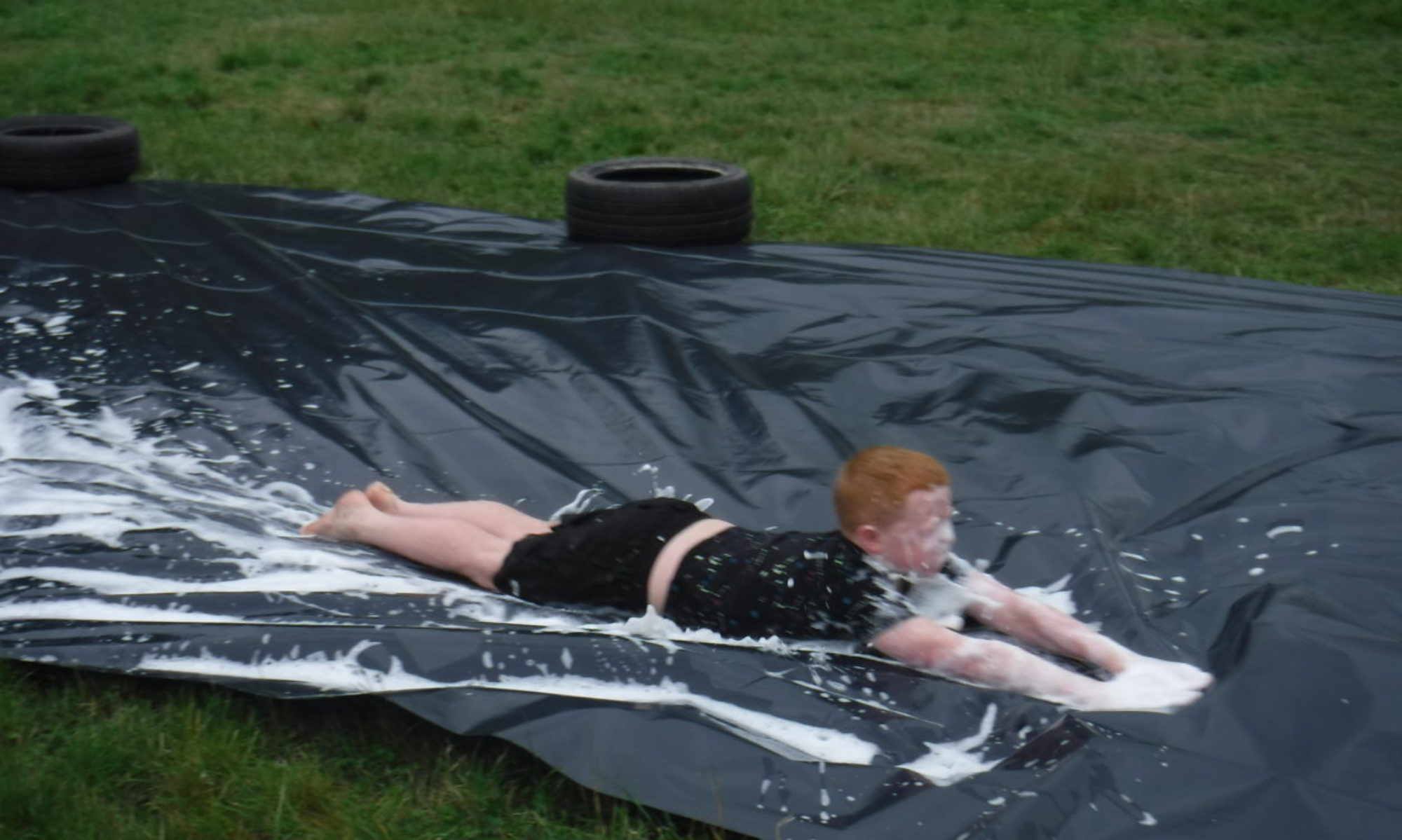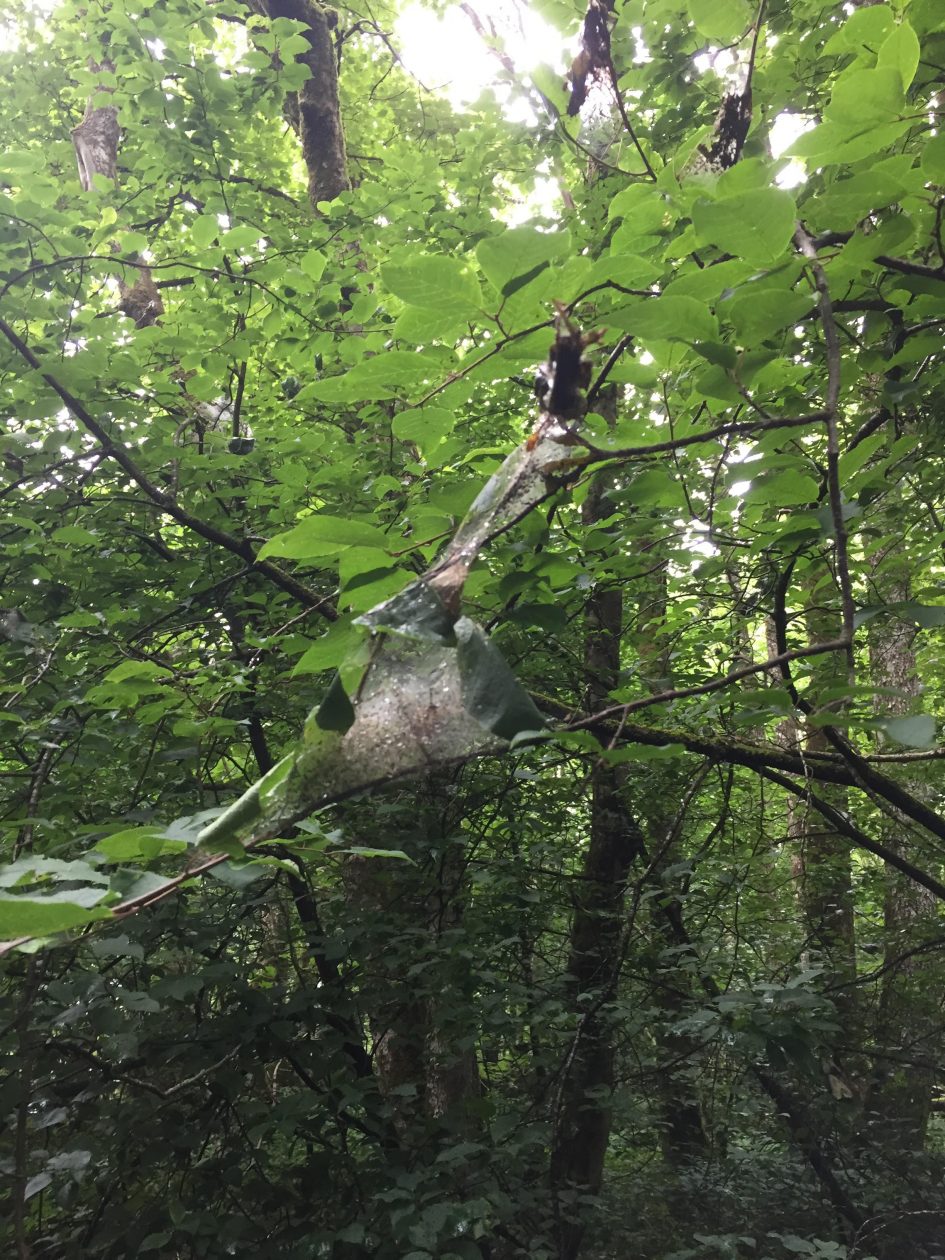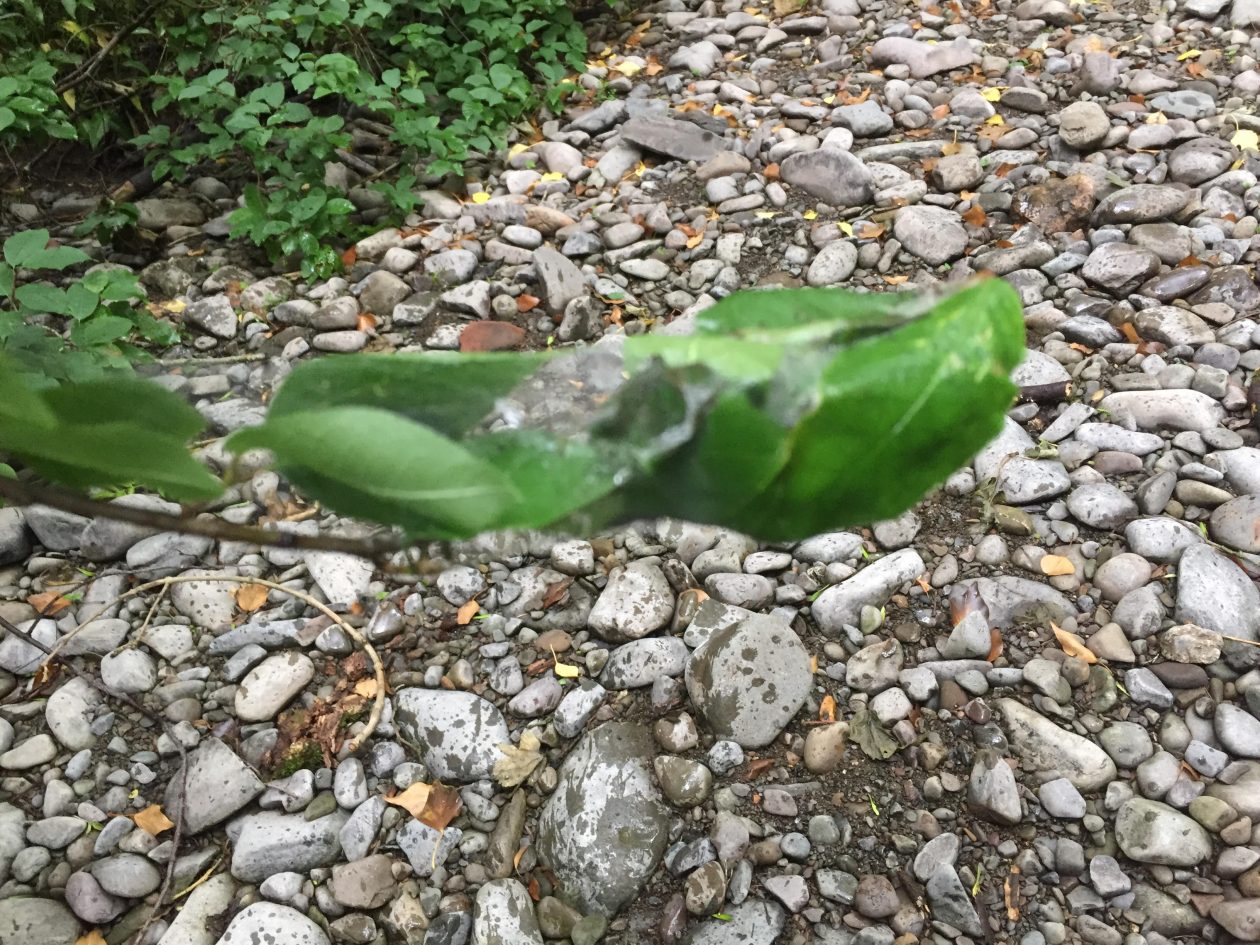Hi Everyone
Yesterday, I made a catapult out of lollipop sticks for “week in the woods”. The instruction the teachers gave us used big bits of wood, but I didn’t have enough, so we used lollipop sticks instead. It was a bit frustrating building it, but it was fun shooting it at my dad. 
It went 5m92cm cool right.
Here is how to make it if you want to do it too.
Catapult video: https://www.youtube.com/watch?v=iBKEUUiBBFY
Today I also went on a walk in the woods with Beans (my dog) and my mum. My mum and I went about identifying trees on our walk (Beans was very busy sniffing the scents so didn’t seem very interested in knowing which trees were which).
Here are some of the trees we found (we downloaded a free app from the Woodland Trust to help us identify the trees)
-
- Birch
- Oak
- Goat Willow
- Hazel
- Norway maple
- Ash
- Rowan
- Common Beech
- Elder
We also spotted some climbing and parasitic plants (parasitic plants are plants that grow on other plants and gain some of their nutrients from the host) :
- Honeysuckle
- Ivy
- Lichen
- Moss
We also saw or heard these birds:
- Grey wagtail
- Chaffinch
- Jay
- Raven
- Buzard
- Pheasant
We also some Ermine moth caterpillars who build nests in the willow leafs branches.
See you later
Joe




Fantastic catapult Joe, well done ! Sounds like you had a lovely walk to the woods and great effort on identifying the trees and bird sounds.
Your catapult is fantastic Joe, thanks for sharing the video so others can give it a go too!! Sounds like a brilliant walk through the woods today, great job spotting and identifying different trees, plants and birds!
I have seen some caterpillars like that but I’m not sure that they were Ermine moth caterpillars because they weren’t hairy. Your catapult looks great, Joe – well done. I think that honeysuckle is just a climbing plant rather than a parasitic one (I have some growing over an archway in my garden).
Hi Mrs Madden,
The ones we saw are Willow small ermine or Y. rorrella. Which are found on willow and are described as caterpillars as “hairless, cream/white in colour with variable black markings down the body and can grow to 20mm in length”. The moths are called ermine moths because the moths look like they are wearing ermine collars.
You check out the forestry commission’s website about them here: https://www.forestresearch.gov.uk/research/native-species-that-may-be-mistaken-for-oak-processionary-moth/small-ermine-moths/
Joe this is a brilliant start to week in the woods. I’m seeing my dad on Sunday for Father’s Day – think it would be really mean to copy your catapult and shoot him with it? Great work with the identification, its really interesting when you start looking closely at what is around us isn’t it?
Quite a piece of engineering work you’ve done with that catapult, Joe! Good stuff.
I’m impressed with your knowledge of bird sounds; I’ve recorded a lot of bird sounds whilst out walking and have no clue which sounds belong to which bird.
Thanks for the information, Joe – I was having trouble identifying the caterpillars.
Love your catapult Joe, it is very cool. The Wildlife Trust app sounds really useful, I will need to look into it. Really impressed with the number of trees, plants and birds you have identified.